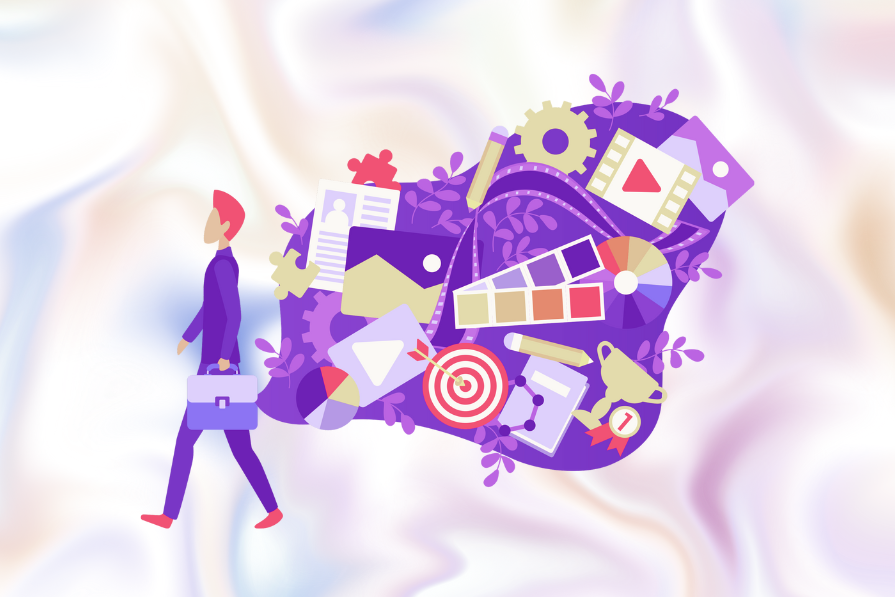
"Your skill gap isn't always obvious. There are skills that most UX bootcamps never point out or add to their curriculum, and these skills low-key make the difference between a good designer and a great one. You open LinkedIn and see designers proudly sharing their new motion design projects, or announcing that they just learned a shiny new UX skill like AI prototyping or 3D UI."
"Those are great, but there are other skills that don't look flashy enough to post about, and they quietly hold a product together behind the scenes. What makes these skills special is how their impact compounds over time. The more you practice them, the more they strengthen your decision-making, teamwork, and consistency across projects. They may not earn you instant likes, but they build the kind of long-term value that separates seasoned designers from beginners."
"Unlike typical design meetings, UX workshops are designed for deep collaboration. They are short, focused sessions where designers, PMs, and stakeholders roll up their sleeves and actually work through a problem together. So being a UX workshop facilitator means knowing how to guide the group through these sessions - keeping the discussion focused, encouraging participation from everyone, and turning messy ideas into clear, actionable outcomes."
Many important UX skills remain absent from bootcamp curricula and often go unnoticed despite driving major differences in design quality. Flashy skills like motion design or AI prototyping attract attention, while less visible competencies quietly hold products together and compound over time. Regular practice of these competencies improves decision-making, teamwork, and consistency across projects, creating long-term value beyond social-media accolades. Examples include UX workshop facilitation, which focuses on running short, focused collaborative sessions where designers, PMs, and stakeholders work through problems, keep discussions focused, encourage broad participation, and convert messy ideas into clear, actionable outcomes. Designers can begin practicing facilitation by co-facilitating team sessions.
Read at LogRocket Blog
Unable to calculate read time
Collection
[
|
...
]